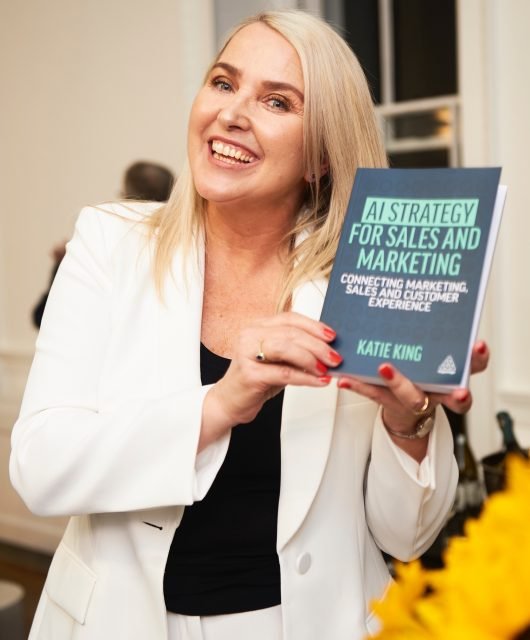B2B is Not Your Basic Marketing: 3 Truths That Might Hurt a Little
By: Sprinklr’s Fouad Khafaga & Dalia Mansour


From digital marketing trends to rising ad spend, Marketing as a sector is more vital than ever. But not all marketing disciplines are created equal.
B2B Marketing stands apart.
It comes with its own unique set of rules, rhythms, and realities. Unlike B2C, it’s not about mass reach or virality it’s about precision, relationships, and long-term value.
In this article, we’ll explore three characteristics that set B2B marketing apart from the rest. Beyond the familiar differences like a narrower audience, longer sales cycles, and a focus on relationships, B2B demands a different mindset when it comes to measuring impact and driving value.
We’ll cover:
- CLV as MTM
- Companies are people too
- Road to buying
CLV as MTM
Let’s say I am selling branded T-shirts to companies in my neighborhood, I have an excel sheet to track sales, and I stress the value of customer service.
End of each month I look at T-shirts sold and attribute slow sales cycles to seasonality, while some of that could be true.
This approach is deeply flawed, it ignores corporate culture shifts (my customers in that scenario), changes to the area I am in, businesses might be moving out
CLV as a metric can be debated, factors like value cycle, events and technology can dilute the attribution of CLV.
Having said that when it comes to B2B, if we look at churn, CAC, APV, ACL, can provide a clearer image and a nudge towards pain points.
In fact, we have an equation for it
CLV = (APV * ACL) – CAC
Companies Are People Too
Behind every B2B deal are real people making decisions each with their own goals, pressures, and career ambitions. It’s not just about selling to a company; it’s about connecting with individuals who want to make smart choices that reflect well on them, simplify their work, or even support their next promotion.
That’s why personalization in B2B isn’t just about relevance, it’s about empathy. When you show that you understand both the business need and the personal stakes, you build trust and stand out.
In fact, according to Gartner, 77% of B2B buyers say their last purchase was complex or difficult largely because of internal alignment and individual accountability.
The more you tailor your approach to the person behind the decision, the more you become a partner in their success, not just a vendor.
Road to Buying
The B2B buying journey isn’t a straight line—it’s often a mix of back-and-forth research, internal discussions, and multiple approvals.
According to Gartner, the average B2B buying group includes 6 to 10 decision-makers, each with their own opinions and information. That makes the process more complex and slower than many expect.
Making it easier for buyers to move forward—with helpful content, clear messaging, and timely support—can make a big difference





